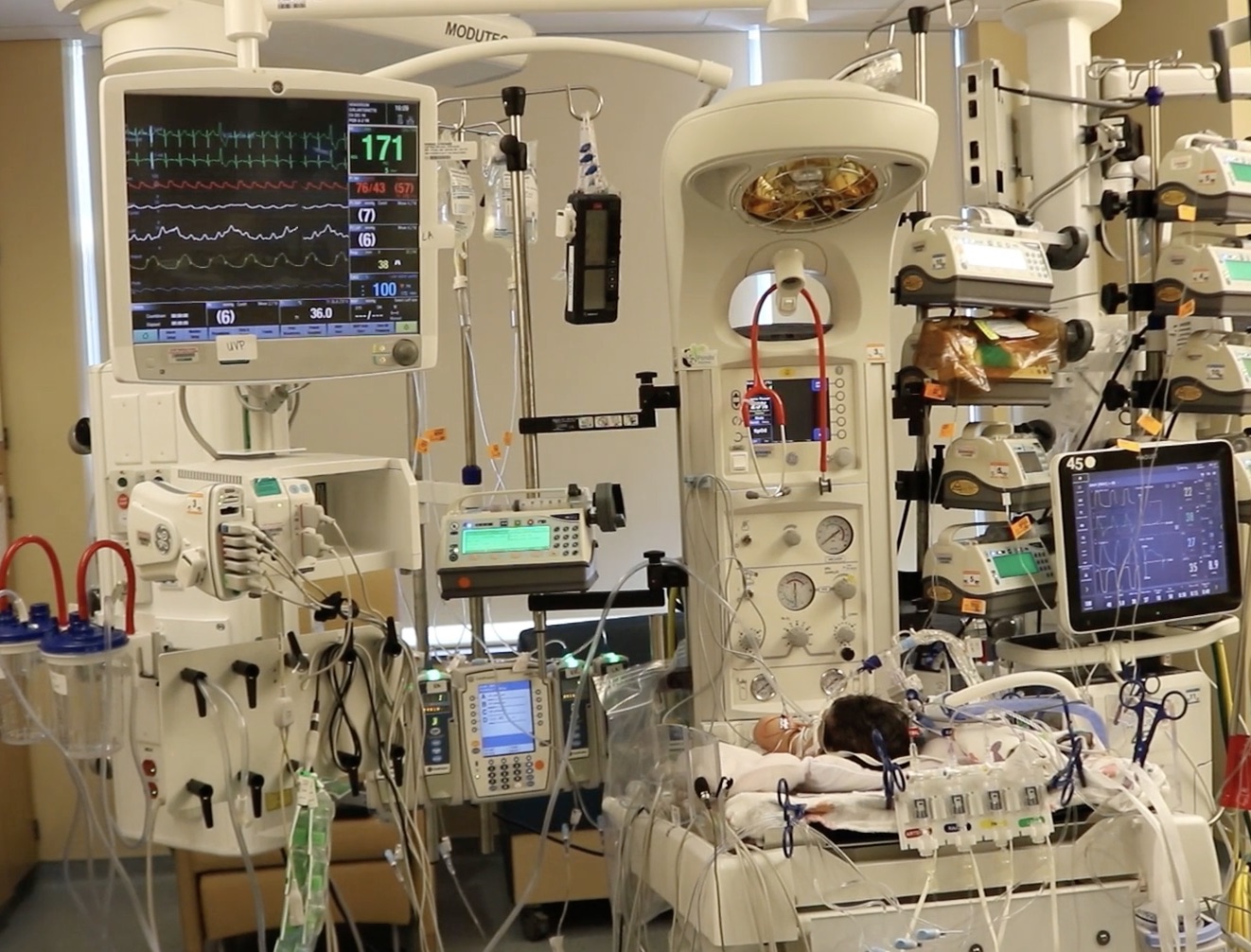Racial and Ethnic Variation in ECMO Utilization and Outcomes in Pediatric Cardiac ICU Patients
Brunetti MA, Griffis HM, O'Byrne ML, Glatz AC, Huang J, Schumacher KR, Bailly DK, Domnina Y, Lasa JJ, Moga MA, Zaccagni H, Simsic JM and Gaynor JW
Previous studies have reported racial disparities in extracorporeal membrane oxygenation (ECMO) utilization in pediatric cardiac patients.
Clinical Outcomes After Tracheostomy in Children With Single Ventricle Physiology: Collaborative Research From the Pediatric Cardiac Intensive Care Society Multicenter Cohort, 2010-2021
Mastropietro CW, Sassalos P, Riley CM, Piggott K, Allen KY, Prentice E, Safa R, Buckley JR, Werho DK, Wakeham M, Smerling A, Yates AR, Iliopoulos I, Sandhu H, Chiwane S, Beshish A, Kwiatkowski DM, Flores S, Narashimhulu SS, Loomba R, Capone CA, Pike F, Costello JM and
Multicenter studies reporting outcomes following tracheostomy in children with congenital heart disease are limited, particularly in patients with single ventricle physiology. We aimed to describe clinical characteristics and outcomes in a multicenter cohort of patients with single ventricle physiology who underwent tracheostomy before Fontan operation.
Sustained Performance of Cardiac Arrest Prevention in Pediatric Cardiac Intensive Care Units
Mueller D, Bailly DK, Banerjee M, Bertrandt RA, Borasino S, Briceno-Medina M, Chan T, Diddle JW, Domnina Y, Clarke-Myers K, Connelly C, Florez A, Gaies M, Garza J, Ghassemzadeh R, Lane J, McCammond AN, Olive MK, Ortmann L, Prodhan P, Raymond TT, Sasaki J, Scahill C, Schroeder LW, Schumacher KR, Werho DK, Zhang W, Alten J and
The Pediatric Cardiac Critical Care Consortium (PC4) cardiac arrest prevention (CAP) quality improvement (QI) project facilitated a decreased in-hospital cardiac arrest (IHCA) incidence rate across multiple hospitals. The sustainability of this outcome has not been determined.
Critical care therapies pre- and post-heart transplant and their impact: Analysis from the Pediatric Cardiac Critical Care Consortium
Deshpande SR, Gajarski R, Das B, Zhang W, Peng D, Cabrera A and Schumacher K
Few studies highlighting the critical care management of patients after heart HTx (HTx) have been published to date. This analysis provides a contemporary representation of pre- and post-HTx critical care in various patient cohorts and outlines the impact of intensive care unit (ICU) therapies on outcomes.
Hospital variation in post-operative cardiac extracorporeal membrane oxygenation use and relationship to post-operative mortality
Brunetti MA, Gaynor JW, Zhang W, Banerjee M, Domnina YA and Gaies M
It is unclear how extracorporeal membrane oxygenation use varies across paediatric cardiac surgical programmes and how it relates to post-operative mortality. We aimed to determine hospital-level variation in post-operative extracorporeal membrane oxygenation use and its association with case-mix adjusted mortality.

